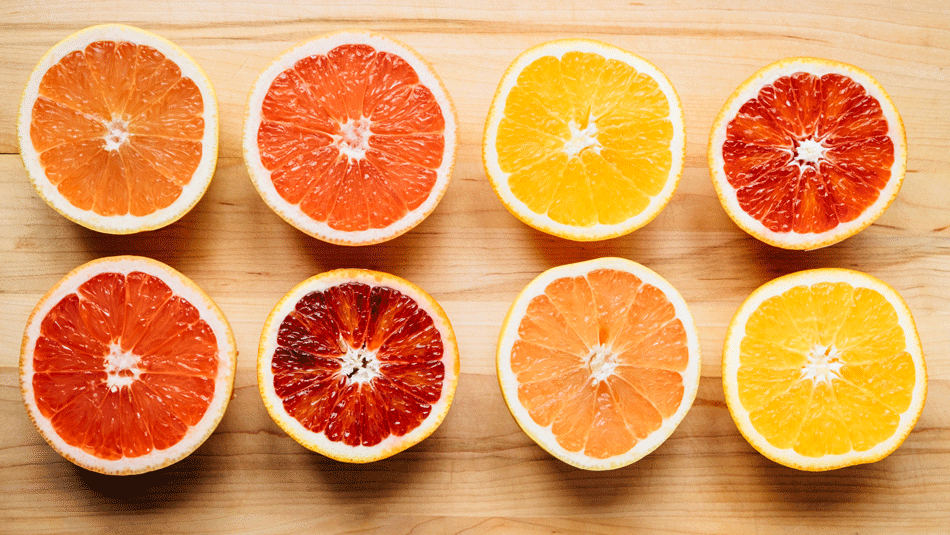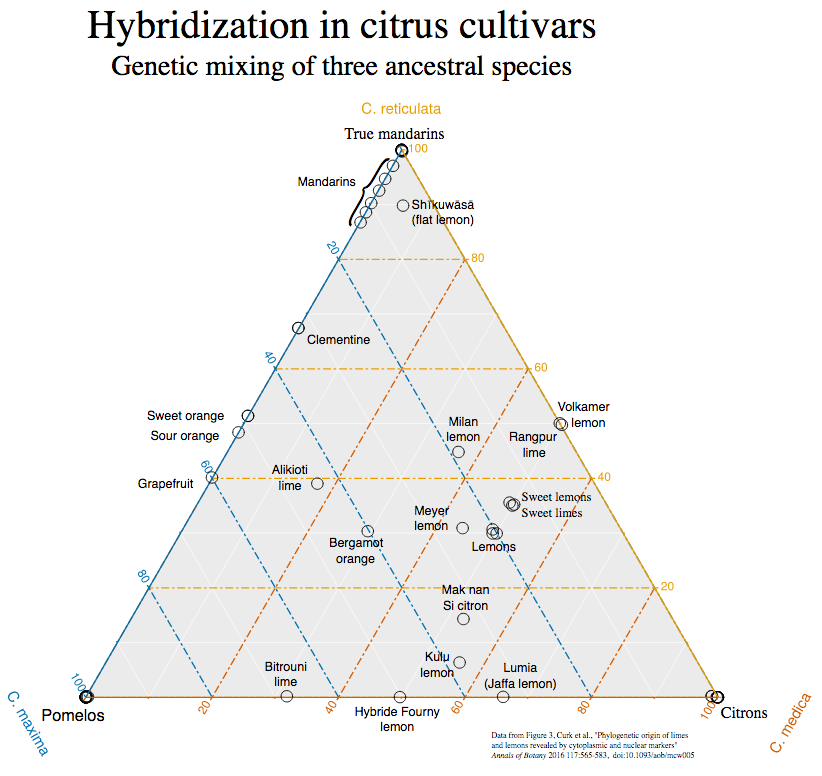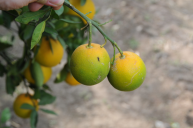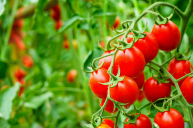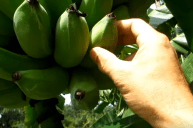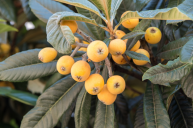Citrus is an ancient fruit. Seven million years ancient, according to fossilized leaves discovered in China's Yunnan Province in 2009 and 2011. But many of the citrus varieties we know and buy in the grocery store today haven't been around nearly as long. Citrus has spread across the world (in places as far as Brazil to Australia and Spain) both naturally and with help from humans, which, as it turns out, is good since that genetic practice may save the existence of citrus.
The citrus family starts off with just three types of citrus: citrus medica, citrus maxima, and citrus reticulata, also known as citrons, pomelos, and mandarins. These three citrus species are native to South and East Asia, but in the last few million years or so, genes from these three types have combined and mutated and generally made their way across the globe resulting in thousands of types of wild citrus.
Citrus has been a favorite fruit for centuries, not only for their punch of vitamin C and health benefits but the role they play in America. Soccer practice wouldn't be the same without orange segments, the Florida Keys would be barren of key lime pie, and sweet lime juice margaritas wouldn't exist.
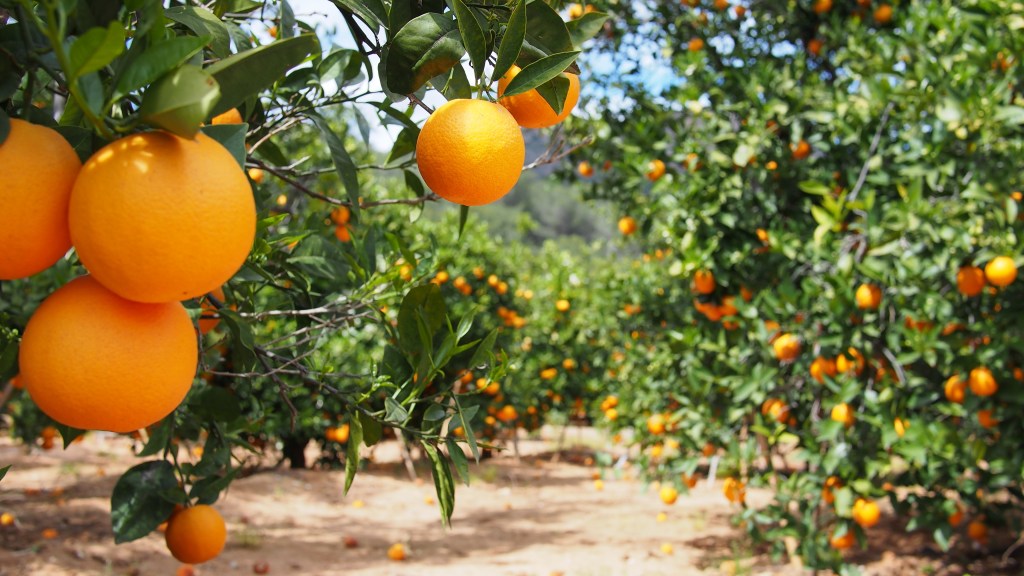
Humans have helped spread citrus by creating new varieties of the fruit. In fact, almost all existing citrus fruits grown today are hybrids, all descended from those three original fruits.
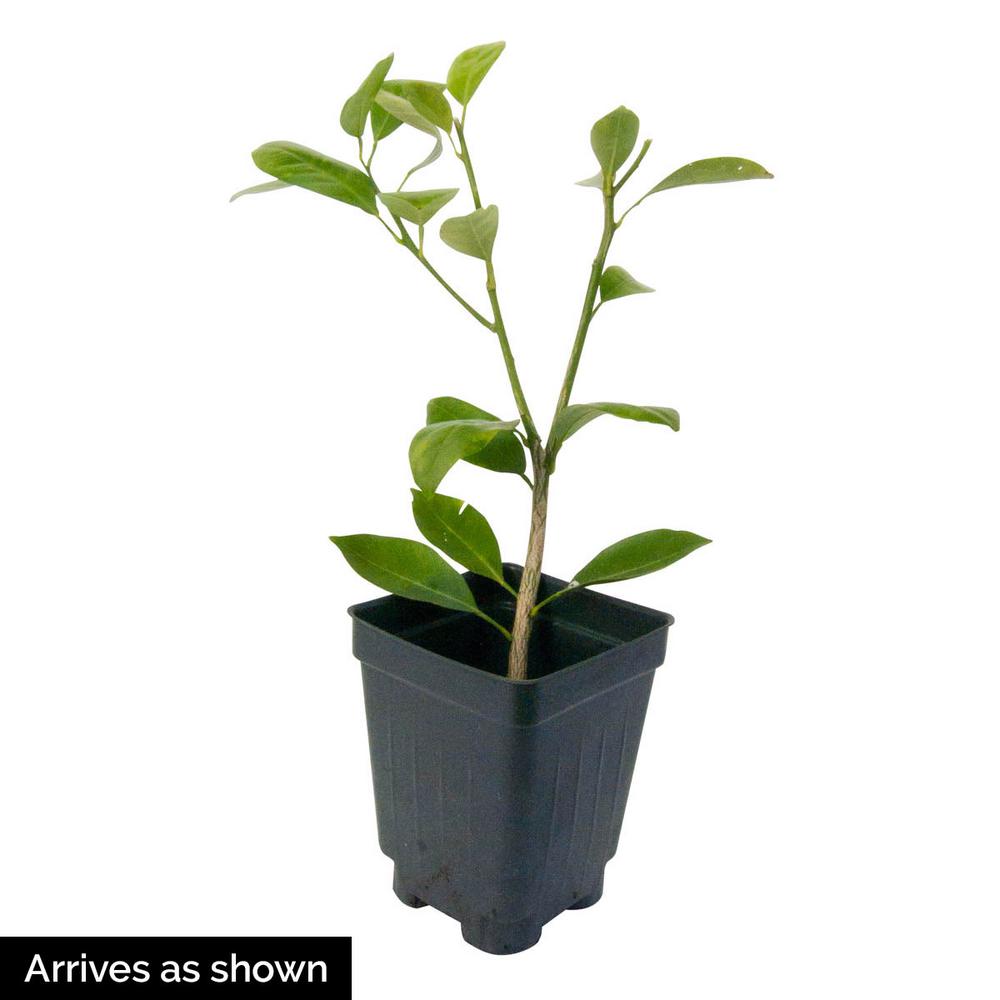
Home Depot
Genetically speaking, it's easy to create new citrus hybrids. In fact, it's one of the few plants that will mix genes in the wild, creating new natural hybrids of citrus fruit. For example, the Meyer lemon is a hybrid of a citron and a mandarin/pomelo hybrid (so, it includes the genetic lines of all three ancient fruits).
The sour orange (citrus aurantium) has the mandarin orange and pomelo as parents, while the sweet orange (citrus sinensis) has the mandarin orange as a parent and the pomelo as a grandparent. Sometimes the citrus family tree can get a bit confusing. If you're looking for a tiny, sweet, easy-peeling orange, you might ask for clementines, tangerines, or satsumas, which are all mandarins.
Creating citrus hybrids not as easy in practice, though, at least not if you're attempting to create a hybrid citrus fruit with specific qualities. It's a little like taking a big movie theater cup and mixing all the different soda flavors at the fountain - you can create some random, wild taste, but it may not be the one you were going for.
Some citrus hybrids being developed by plant breeders for convenience, growing lemons without seeds, for example, or oranges that have more pith, which can be sold for their higher pectin content. Other new varieties of citrus have a lower acid content or more juice.
Sometimes creating new citrus hybrids is necessary. The Meyer lemon almost didn't make it in the United States. Frank Meyer, an agricultural explorer for the United States Department of Agriculture (USDA) saw a decorative tree on a trip to China. He brought a sample back to the U.S. in 1908 and started growing the fruit. By the 1940's it was a popular edible citrus variety to grow in California.
However, there was a problem. Many of the Meyer lemon trees were carriers of a virus called Citrus tristeza virus, which had killed millions of citrus trees around the globe. Most the Meyer lemon trees in the U.S. were destroyed so that the other citrus varieties (like blood oranges, Persian limes, and navel oranges) would survive. It took the discovery of a virus-free variety and about twenty years to certify it before the Meyer lemon was able to grow roots in the U.S. as a commercially viable plant again.
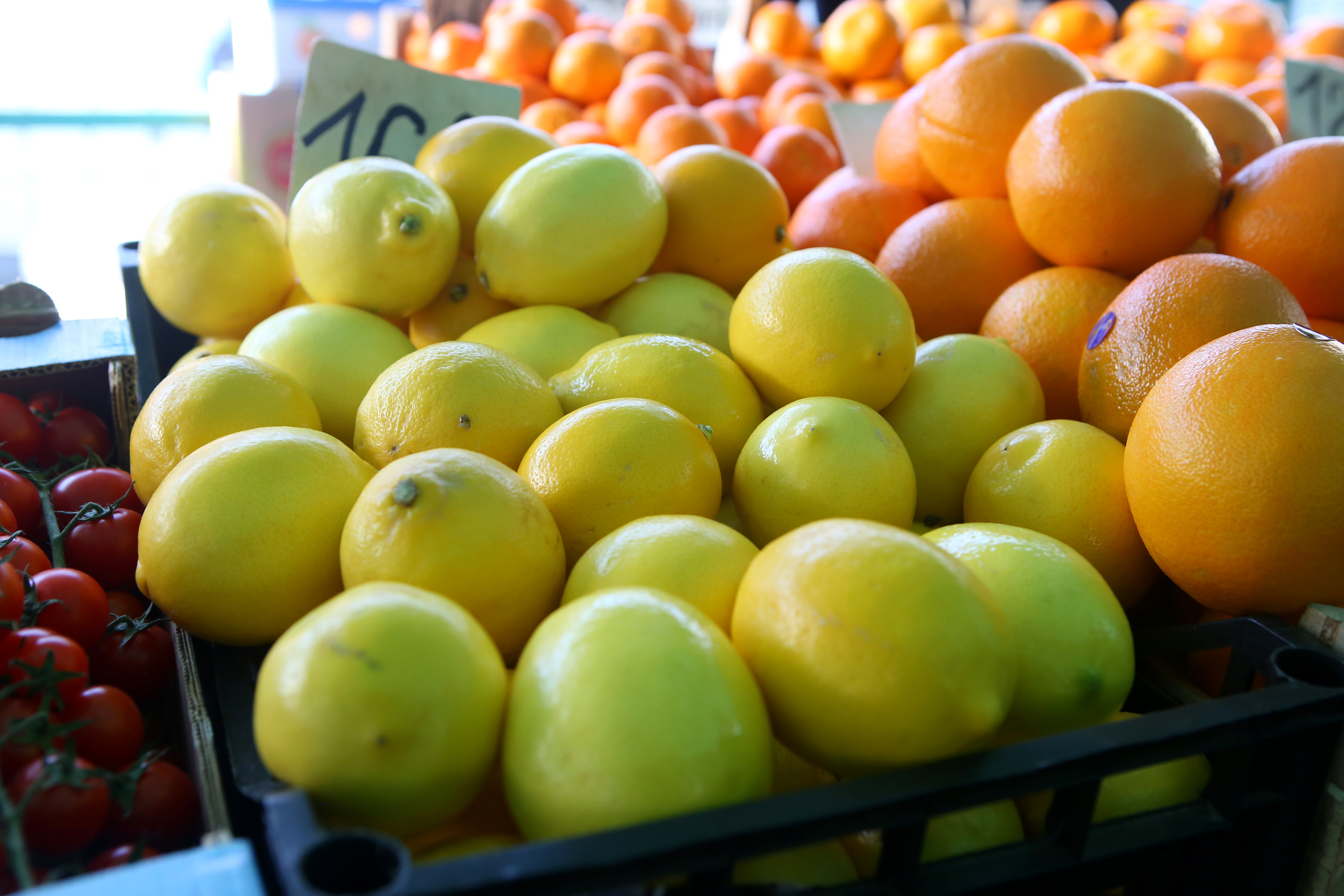
Here's why hybridization is important for the survival of citrus, or at least some of our favorite citrus. A plant disease called citrus greening (also known as huanglongbing or HLB) has the potential to end the citrus industry in America. The disease is caused by two types of bacteria that attack the tree from deep within the trunk. The tree isn't able to move nutrients from the soil to its leaves and fruit, which means any fruit the tree produces is small, green, and has a bitter taste. In other words, it's not a fruit you want to consume in any way.
The bacteria is spread by the Asian citrus psyllid, a tiny insect that moves easily from tree to tree, sparing no type of citrus tree. In states like Florida and California, that means orange trees.
The disease has devastated orange groves in Florida. A just-released National Academies of Sciences, Engineering, and Medicine report says that between 2000 and 2014 the amount of land devoted to growing oranges in Florida decreased from 750,000 acres to 476,000 acres. The disease caused a total loss of almost $3 billion between 2006 and 2014.
If you've been wondering why orange juice has gotten more expensive, there's your answer.
While scientists and researchers have been working on multiple ways to strengthen trees resistance to the insect and the bacteria, it seems that the solution may be a new engineered hybrid created by Erik Mirkov, a plant pathologist at Texas A&M University. Mirkov found a protein from spinach that resists this bacteria and used the protein to create a hybrid orange tree that has the same genetic characteristic.
The quest to create hardy versions of citrus plants is ongoing, but experts say the future is only likely to bring more varieties of different citrus rather than fewer.
This article was orginally published on October 23, 2019
